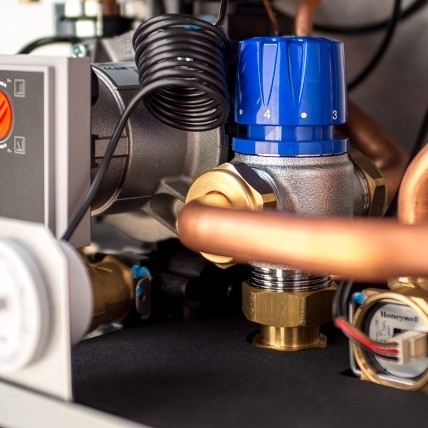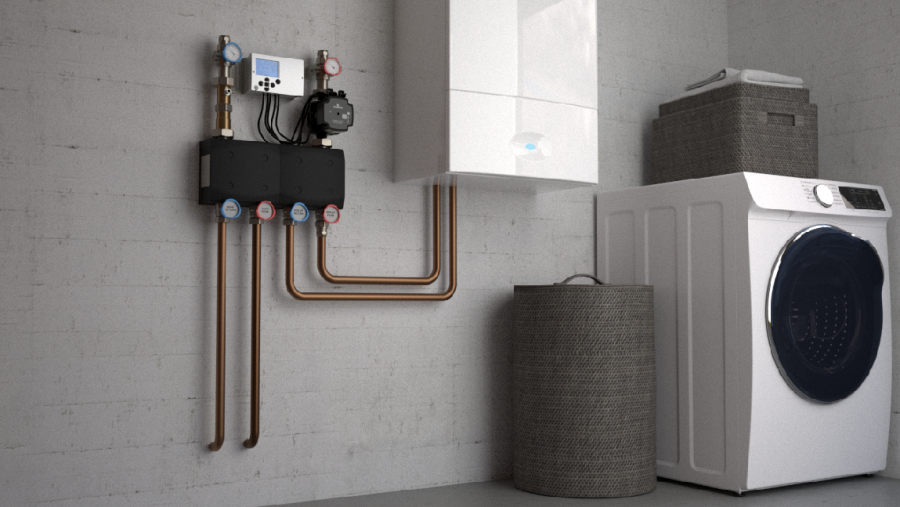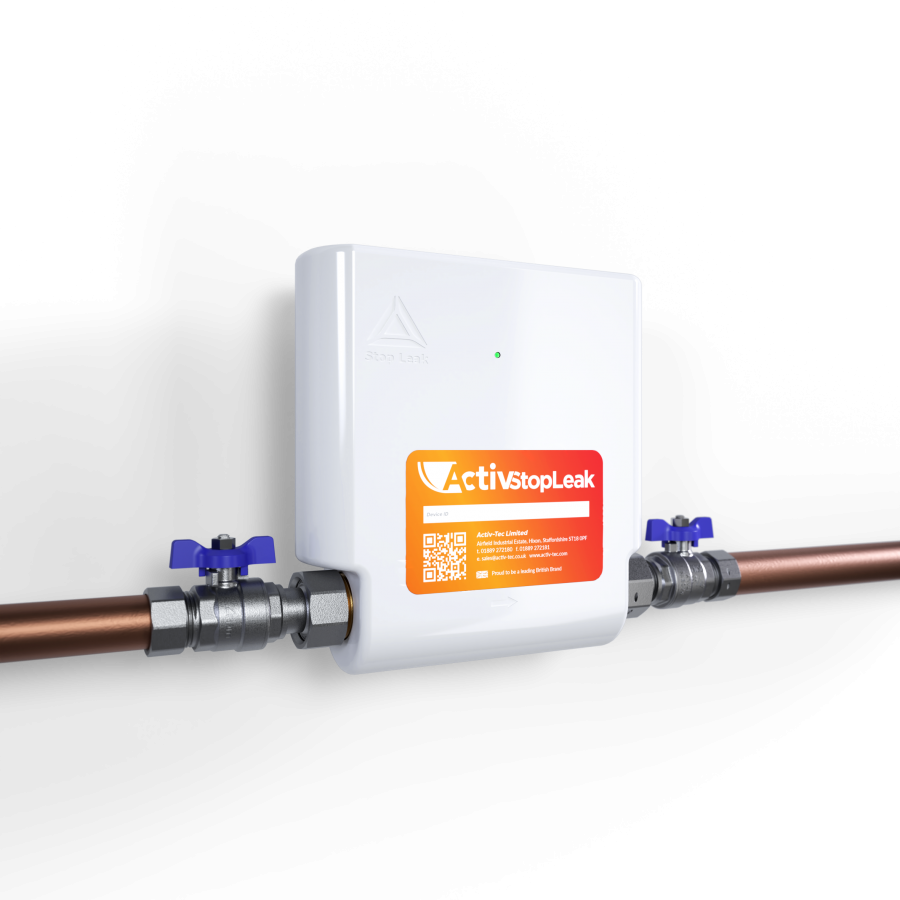
Inta has introduced its ‘HIPER’ high performance heat interface unit (HIU), designed to deliver heating and hot water whilst improving energy efficiency and minimising costs in multi-dwelling developments.
Installed in shared residential buildings, the HIU distributes heating and domestic hot water from a central plant system to individual properties. By removing the need for each area to have a conventional boiler, gas flue and hot water cylinder, the interface units dramatically reduce build costs for developers.
Inta has worked to develop a product that has more features and benefits than any other HIU on the market. HIPER HIU boasts a factory-set, non-electric temperature control valve which prevents risk of scalding in the event of a power supply failure, as well as features the most advanced dual-speed PID control (patent pending) of any unit, intelligently controlling the heat into the plate heat exchangers by electronic modulation of a PICV (pressure independent control valve).
A PICV is three valves in one: a differential pressure control valve, two-port flow regulating valve and a flow regulation valve. One PICV replaces three separate valves that would otherwise be required to maintain the maximum level of system control so the HIU can operate effectively. The HIPER HIU PICV valve can maintain control up to a pressure differential of 4 bar.
PICVs are not familiar to all at this time, so there is bound to be some confusion amongst those who are not so well informed. For instance, modulating valves are not uncommon, but at no time can they be claimed to function as a PICV. These simple modulating valves have differential pressure capabilities of not much more than 1.5 bar, so control capability is limited, and an additional DPCV is required to be added to the installation at extra cost in product, installation and commissioning.
Designed with serviceability in mind, its two heat exchange plates have been built to the front of the HIU, fixed with four allen key bolts. This means that the plates can easily be removed and replaced in seconds should they need maintenance. A large strainer mesh at the primary connections, four times larger than a conventional strainer, will prevent blockage and ensure the HIU continues working efficiently even if the unit has been neglected of cleaning.
With Inta’s HIPER HIU, landlords can integrate renewable energy sources into the system, shrinking the size of a building’s carbon footprint and reducing energy costs for tenants, as well as improving reliability.
Stuart Gizzi, managing director at Inta, said: “With the target to make all new builds ‘zero carbon’ by 2016, developers are now having to look beyond insulation and sustainable materials, and are turning to energy efficient ways provide heat and hot water to their buildings as well.
“By allowing landlords to use alternative, lower emission, energy sources without any inconvenience for tenants, our HIPER HIU is a flexible solution for a wide variety of multi-dwelling projects.”










